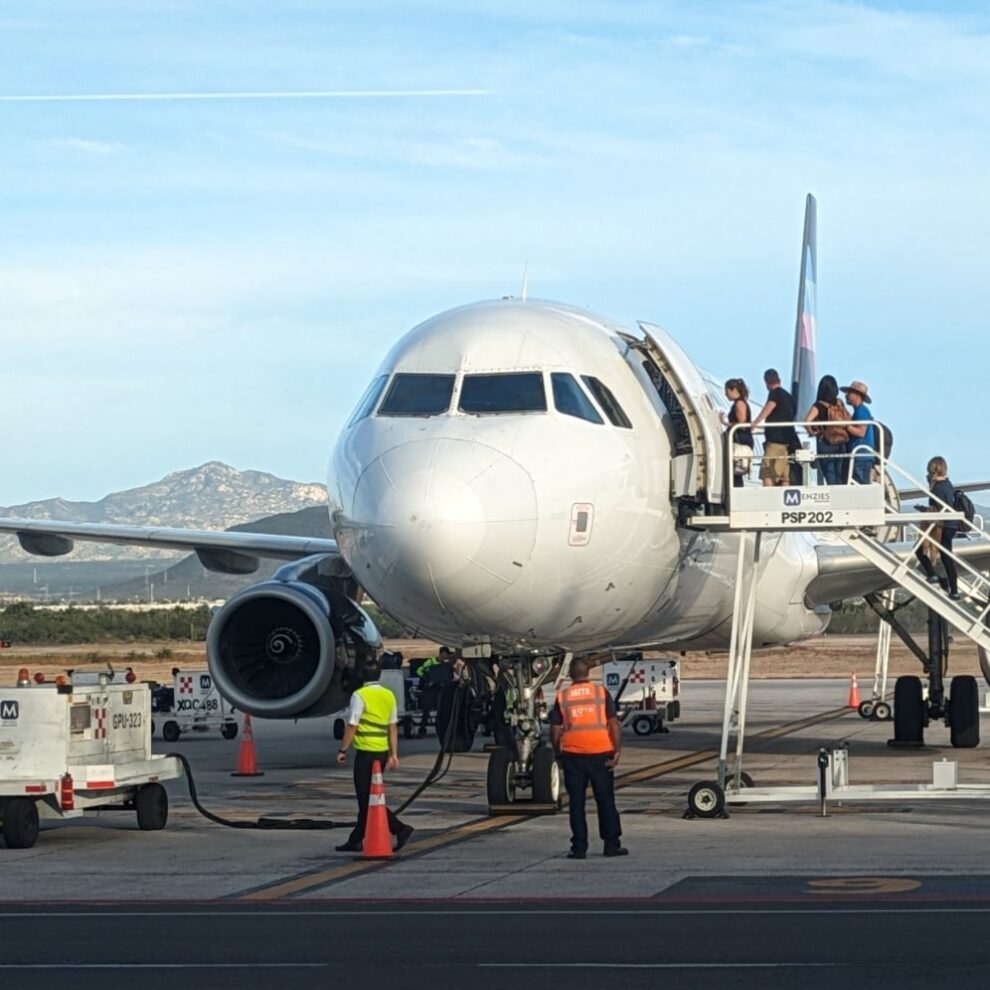
Safety Culture Components: Flexible Culture
Knowledge / July 10, 2024
What is a Flexible Culture?
Building a Flexible Culture involves several aspects, with the following five principles forming the key elements:
Dynamic situational awareness is particularly important for the development of a Flexible Culture. It means that employees are not only familiar with the standard operating procedures, but are also able to identify unforeseen risks and deviations from the plan. This awareness, coupled with strong decision-making skills, allows teams to collaboratively make informed safety choices, even if it means temporarily bypassing traditional hierarchies in favor of a safer approach.
In order to master these dynamic situations, it further requires effective communication and efficient and collaborative teamwork.
Finally, a Flexible Culture fosters learning from experience by encouraging employees to share their experiences in adapting to unexpected circumstances. This continuous learning cycle strengthens the organization’s ability to respond effectively to whatever may come their way.
The Advantages of a Flexible Culture
- Enhanced Safety in Dynamic Environments: Flexible cultures are better equipped to handle the unexpected and maintain safety in situations that deviate from routine procedures.
- Improved Risk Management: By encouraging staff to identify and address emerging hazards, a Flexible Culture allows for a more proactive approach to risk management.
- Increased Employee Engagement: When employees feel trusted to make safe decisions and to adapt procedures when necessary, their sense of ownership and engagement with safety practices increases.
- Room for Innovation: A Flexible Culture allows for creativity and encourages employees to explore alternative solutions to safety challenges. This can lead to innovative approaches to managing risk and improving safety practices.
Building a Flexible Culture: Practical Strategies
- Training for Situational Awareness and Decision-Making: Develop and implement training programs that focus on building situational awareness skills, risk assessment techniques, and effective decision-making in dynamic situations.
- Empowerment and Trust: Empower employees to make safe decisions based on their understanding of the overall safety goals and encourage them to communicate concerns about situations that may pose a safety risk.
- Teamwork and Communication Skills: Invest in training programs that enhance communication skills, teamwork, and collaboration.
- Open Communication and Feedback Mechanisms: Establish clear and open communication channels where employees feel comfortable raising concerns, suggesting alternative approaches, or providing feedback on existing safety procedures.
- Learning from Experience: Encourage employees to share their experiences in adapting to unexpected situations. Analyze these experiences to identify best practices and incorporate these learnings into safety training programs and procedures.
A Flexible Culture doesn’t negate the importance of established procedures. However, it acknowledges the reality of dynamic work environments and empowers employees to adapt and improvise when necessary.
Stay tuned for our last article in the Safety Culture components series on Informed Culture.









